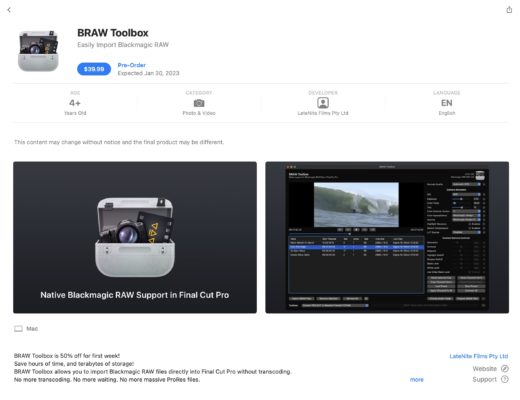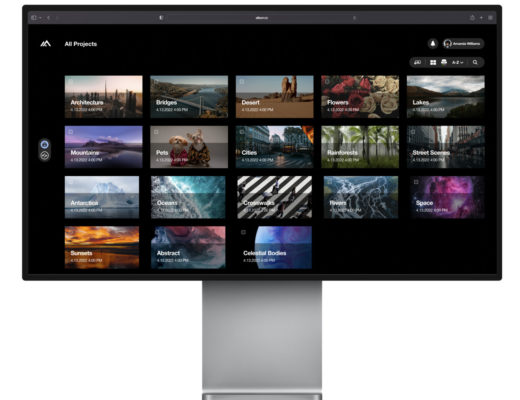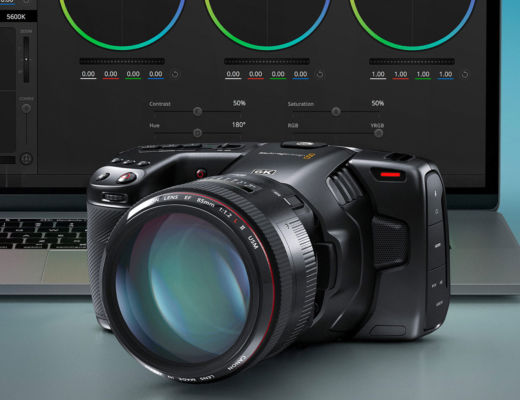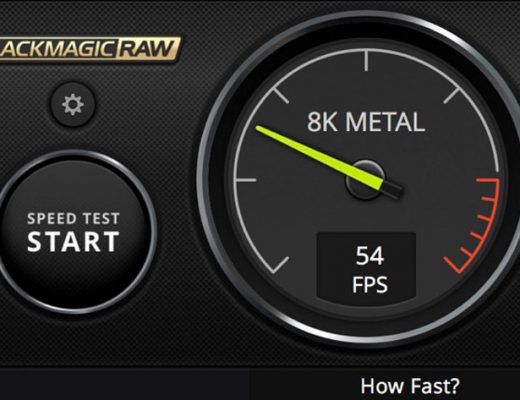 Indie filmmaker William H. Baker used Blackmagic Cinema Camera 6K digital film camera to help recreate shots from the 2024 Academy Award Best Picture Nominees for his viral YouTube video.
Indie filmmaker William H. Baker used Blackmagic Cinema Camera 6K digital film camera to help recreate shots from the 2024 Academy Award Best Picture Nominees for his viral YouTube video.
Known on social media for his shot breakdown and recreation videos, Baker has amassed more than 700,000 followers across his Instagram (@william.h.baker), TikTok (@william.h.baker) and YouTube (@WilliamHBaker) channels, with his Best Picture Nominees recreation video at more than 900,000 views and counting.
This is an interesting story, and the videos are a “must see” series to explore, as they are all about the magic of making movies… and the secrets behind some of the most compelling scenes. The author is learning as he explores the specifics of each different shot he wants to recreate, but he is also sharing important knowledge with the public, what is more than many other videos in YouTube or other social platforms do. The videos are also a good example of how a filmmaker without the resources of famous Hollywood directors manages to recreate scenes that attract huge audiences.
In fact, after finding success on TikTok and Instagram with a series called “30 Shots in 30 Days,” William H. Baker has built a global following around his shot recreation videos, which break down complex shots into doable steps. Inspired by his “Oppenheimer” practical FX recreation video, Baker knew he wanted to do something around the 2024 Academy Awards, eventually settling on a shot from every Best Picture Nominee. So, he did…
 From “Past Lives” to “Barbie”
From “Past Lives” to “Barbie”
From recreating the snowy French Alps in “Anatomy of a Fall” and the iconic shot of Barbie stepping out of her shoes, to tackling an underwater shot from “Maestro,” a field lit on fire in “Killers of the Flower Moon,” and reapproaching the nuclear explosion from “Oppenheimer,” Baker relied on the Blackmagic Cinema Camera 6K.
“The camera’s full frame sensor was essential to recreating shots originally captured with full frame or large format sensors, while its 6K resolution was also very helpful when cropping in for the films that were shot on Super 35. I also loved being able to shoot open gate and having a little extra vertical room. There were even a few films shot in a square aspect ratio this year, so it helped with matching those too,” said Baker.
According to the information shared by Blackmagic Design, three shots stood out to Baker in particular. “For ‘Past Lives,’ being able to crop into the Super 35 portion of the sensor while still getting 4K quality was a big deal. For ‘The Holdovers,’ we also set up the Blackmagic Cinema Camera 6K in the Super 35 crop to imitate an older movie just like the filmmakers did,” he explained. “Then, having full frame for the ‘Barbie’ shot was so helpful. The camera’s large sensor, along with 6K resolution, provided a lot of flexibility for matching our shots to the cameras that the originals were shot on.”

RAW on an inexpensive camera
“For the entire time I’ve had Blackmagic cameras, the dual native ISO has been extremely useful,” Baker added. “As a filmmaker without huge lights but constantly shooting at night, I’m often needing to shoot at a higher ISO. This was true for ‘Barbie,’ ‘Anatomy of a Fall,’ and ‘The Holdovers,’ so having that second, brighter native ISO was really helpful.”
Shot in Blackmagic RAW, Baker used DaVinci Resolve Studio for color grading. “I exclusively shoot in Blackmagic RAW with my Blackmagic Cinema Camera 6K and Pocket Cinema Camera 4K,” he said. “Having RAW on a camera as inexpensive as $1,295 is just really special, and I think that’s one of the major features that empowers young filmmakers without a ton of resources to film something that looks like a movie.”
In DaVinci Resolve Studio, Baker made use of magic mask, keyframing and screen replacement to help the recreations come alive. “For the ‘Barbie’ set, I foolishly decided to pick pink colors that were warmer and like human skin. Especially once the set was lit and those pink colors bounced pink light onto the actress, her skin and the set all blended. I used magic mask to track her feet and then made heavy alterations to the image but kept the same skin color. It worked beautifully, and I decided to do it a few more times to soften her skin and brighten the edge light to get even closer to the original shot,” he noted.
Baker concluded: “I learned filmmaking from YouTube, and I want to share that journey with people. For the longest time, I was nervous and didn’t feel like I was knowledgeable enough to contribute any new information to the space. However, I felt like I could contribute a story about how I did something. I try to make content, particularly on YouTube, where I stretch myself and give it my all. It’s the best way for me to learn, but I really hope telling those stories encourages people, filmmakers and more.”

Filmtools
Filmmakers go-to destination for pre-production, production & post production equipment!
Shop Now













